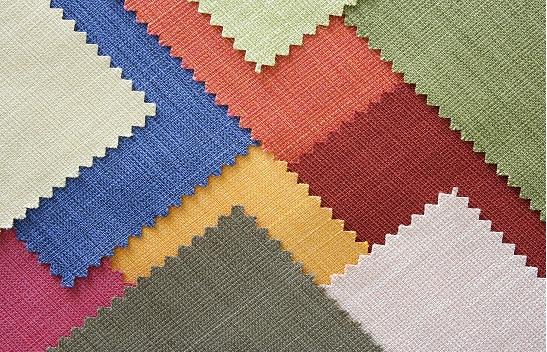
In March 2022, the situation of textile business across all regions and segments remained positive with +14 percentage points reveals the 13th ITMF Corona Survey conducted amongst over 220 companies across the world. As per the survey of all segments in the textile value chain, around 43 per cent companies considered their situation satisfactory during the month, indicating strong demand for their products. However, positivity in textile business remained below the +26 percentage points seen in November 2021 and +18 percentage points observed in January 2022.
Rebalancing supply chain key for future growth
Over the next six months, the global textile value chain remains quite optimistic about its growth prospects. However, this optimism rests on a much weaker foundation because since September 2021, the gap between more favorable and less favorable business expectations has narrowed from +32pp to +7pp. This clearly indicates the textile value chain has already achieved peak growth levels in Q4 of FY 2021.
Now, whether economic growth will slacken in future or spread across categories will largely depend on rebalancing disrupted global supply chains and outcome of the Russia-Ukraine war. As per ITMF survey, the outlook for textile business remains positive across all regions except East Asia and Africa where more companies expect the business situation to remain negative than those expecting positivity. On the other hand, companies expect the business situation in North, South America and Africa to remain largely positive
Upstream segment shows positive growth
Among segments, the business situation for downstream segments like weaver, knitters, finishers, printers, and garment and home textile producers remain negative at the same time upstream segments like fiber producers, spinners, and textile machinery producers, remain positive; especially in terms of passing on the higher costs to consumers.
The business situation for order consumption remains largely negative with order intake falling from +38pp in November 2021 to +12 percentage points in March 2022. Expectations for new orders also deteriorated from +34 percentage points in January to +22percentage points in March 2022.
Order backlog to stabilize at 2.9 months
The order backlog for textile manufacturers has risen from 2.3 to 3.1 months since 2021. This is expected to remain constant at 2.9 months. Manufacturers are utilizing 80 per cent of current capacities and will continue to do so despite persistent supply chain bottlenecks, the survey states.
The survey also indicates, higher cost of raw materials, energy and transportation are main cause of concerns for textile companies across the world. They are also likely to be troubled by weaker demand and their ability to pass on only 40 per cent of additional costs to consumers.












